Napoleon's most persistent continental enemy was the Austrian empire. Conservative to the extent of being reactionary, the Austrian state attempted first to crush the French Republic, then the French Empire. Austria was allied with France for a very brief time (just enough time, in fact, to take part in the invasion of Russia), but was an active member of every coalition against Napoleon.
The quality of the Austrian army is still very much in debate. The traditional view is of an army with good heavy cavalry, adequate light cavalry, mediocre to poor artillery, and very poor infantry. The Austrians are supposed to have been a plodding army, with line infantry that could not cope with the new, more fluid warfare of the era.
In fact, the Austrians had many different types of light infantry that performed very well in a skirmishing role. The line infantry was slow to adopt these tactics, but by 1809 a portion of each line regiment (I've seen it claimed as anywhere from 1/2 company to the entire third line) was detached for skirmishing. The artillery was professional, if slow. The cavalry was much better than they are usually credited with being.
The flaws in the Austrian army, and the reason they seem to have so consitently lost, was poor generalship. In the hands of a competent commander, like Archduke Charles, the Austrian army was an impressive machine. Charles and the despised Austrians dealt Napoleon his first defeat at Aspern-Essling in 1809.
The Austrians were in at the kill in 1814. When Napoleon returned from Elbe, the Austrians again moved to fight him.
With their colorful army, wide variety
of units, interesting tactical doctrine, and unfulfilled promise, the Austrians
are becoming a fairly popular wargaming army. HaT Industries has
released a number of sets that allow nearly all Austrian troops to be put
in the field.
The Austrian infantry began the period in funny little round hats with a false front. Thankfully for aesthetically minded wargamers, the army adopted a classical style helmet in 1798. Each regiment had a different facing color, displayed on cuffs, collar, shoulder straps, and turnbacks. Pants varied from unit to unit: units raised in Hungary wore blue ankle-length trousers with yellow braid on the fronts while units raised in Austria proper (the so called "German" regiments) wore white gaiters.
Two plastic sets portray Austrian
infantry in helmets, and both are done by the same sculptor. Esci's
set was packaged with 1806 Prussian jagers, and Italeri's set includes
grenadiers in their bearskins. The two sets have the same proportions,
and can be combined in the same units. The six poses of the Esci
set are above, with the eight poses in the Italeri set below.
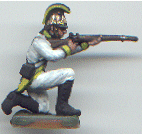 |
 |
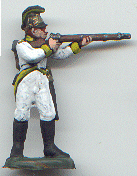 |
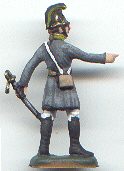 |
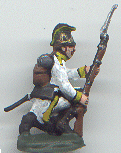 |
 |
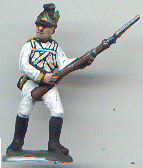 |
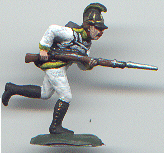 |
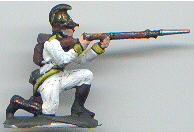 |
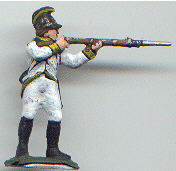 |
 |
 |
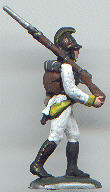 |
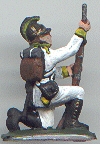 |
HaT released a set of Austrian infantry in the 1806 uniform. They are sculpted in gaiters, making them German troops, but can be painted to represent Hungarians.
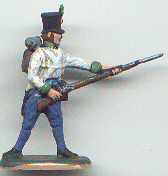 |
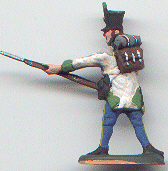 |
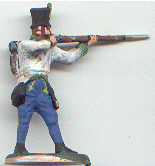 |
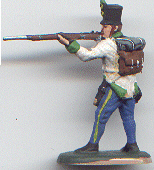 |
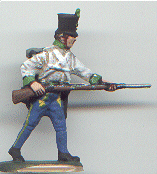 |
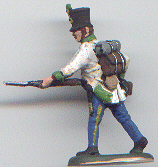 |
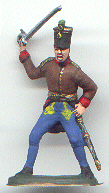 |
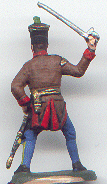 |
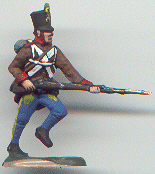 |
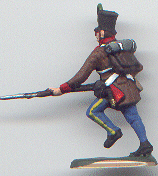 |
 |
 |
 |
 |
 |
 |
This page last updated 29 August,
2001
This page created using Netscape
Composer